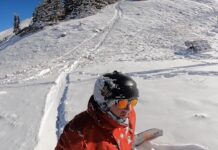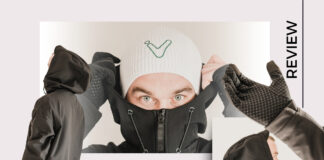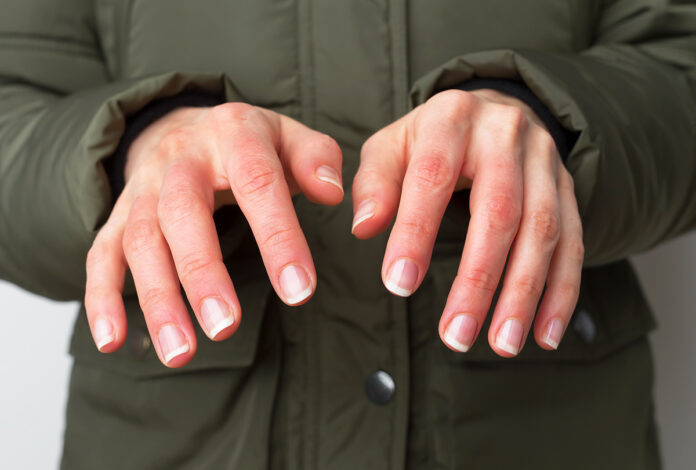
Frostbite occurs when body parts are exposed to extreme cold for a period of time. Toes, fingers, earlobes, chin, cheeks and nose run the most risk of frostbite as they are often not protected by clothing. When the body is exposed to extreme cold the blood vessels constrict. As the body part starts to loose warmth the fluid within the cells start to freeze and form ice crystals. These crystals cause the cells to rupture.
The best way to prevent frostbite is simply to stay warm. Make sure to wear proper Snowboarding Clothing using layers to stay warm and dry. If you are in a very cold environment check your body for numbness.
Frostbite occurs in a couple of stages:
Frostnip
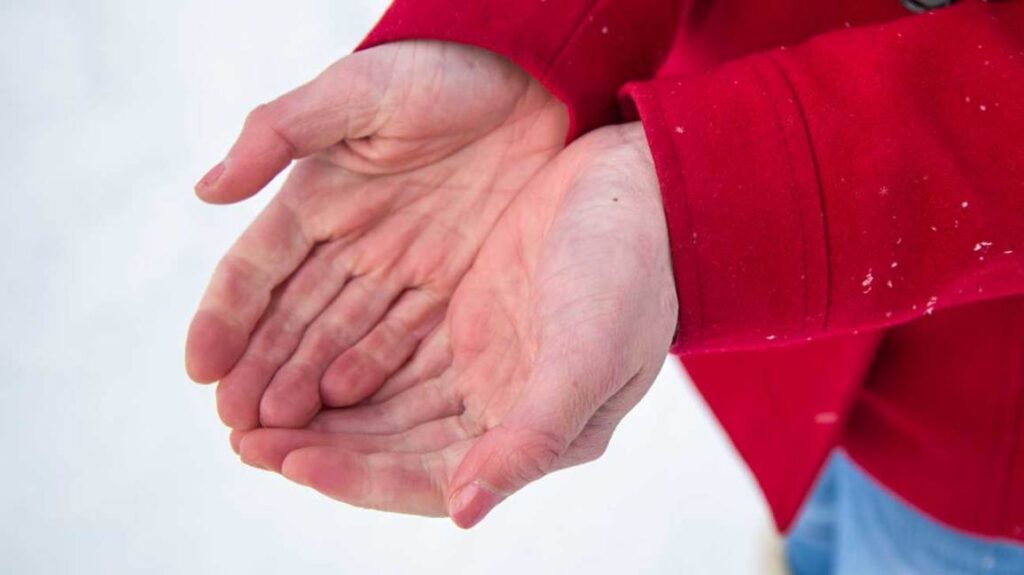
The skin feels stiff and numb and is white in color. Underneath the tissue is still warm and soft. The condition is not that serious, simply warm the body part by rubbing, moving and covering with extra layers of clothing. Frostnip does not require any medical attention. Check for frostnip often as it is the first step to frostbite.
Superficial Frostbite
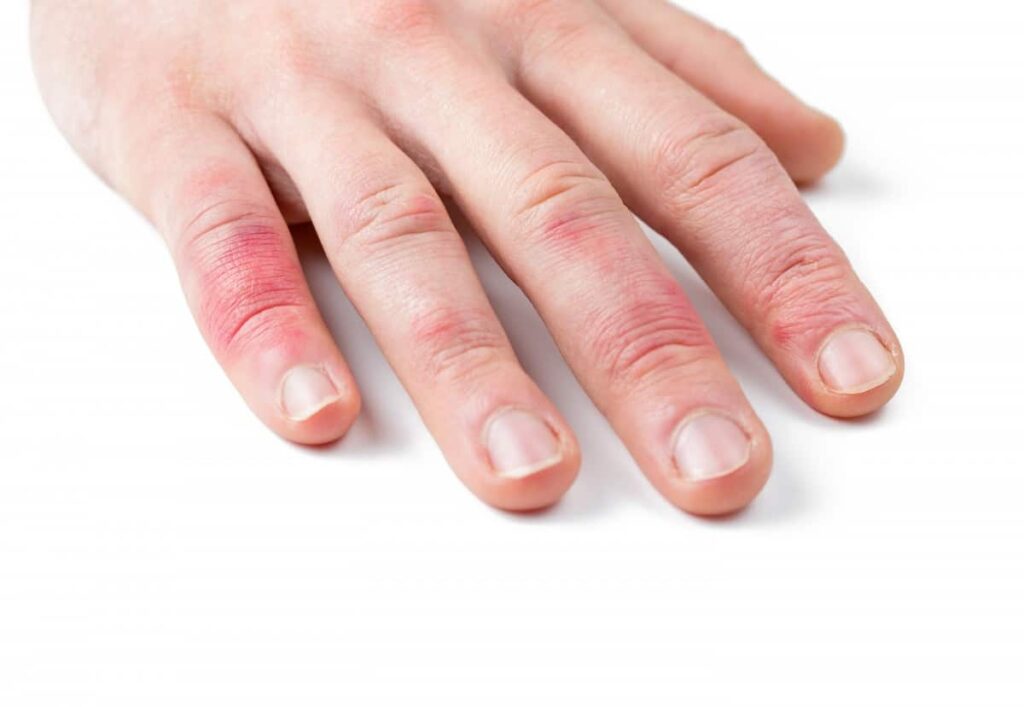
After frostnip comes superficial frostbite. The skins is hard and frozen and looks white/blue. The tissue underneath the skin has not been affected yet. Superficial frostbite will cause blistering and medical attention is needed to prevent permanent injury.
Deep Frostbite
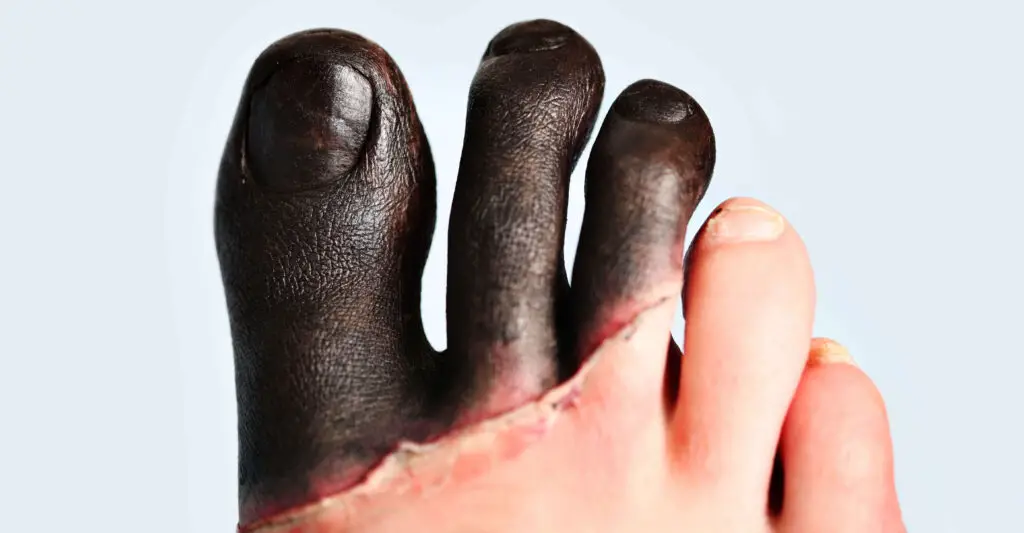
In case of further freezing the tissue underneath the skin will get affected as well. The skin is white/blue and totally frozen and the tissue is hard as well. Deep frostbite needs immediate medical attention. In severe cases deep frostbite can lead to permanent injury, amputation and even death.
Treating Frostbite
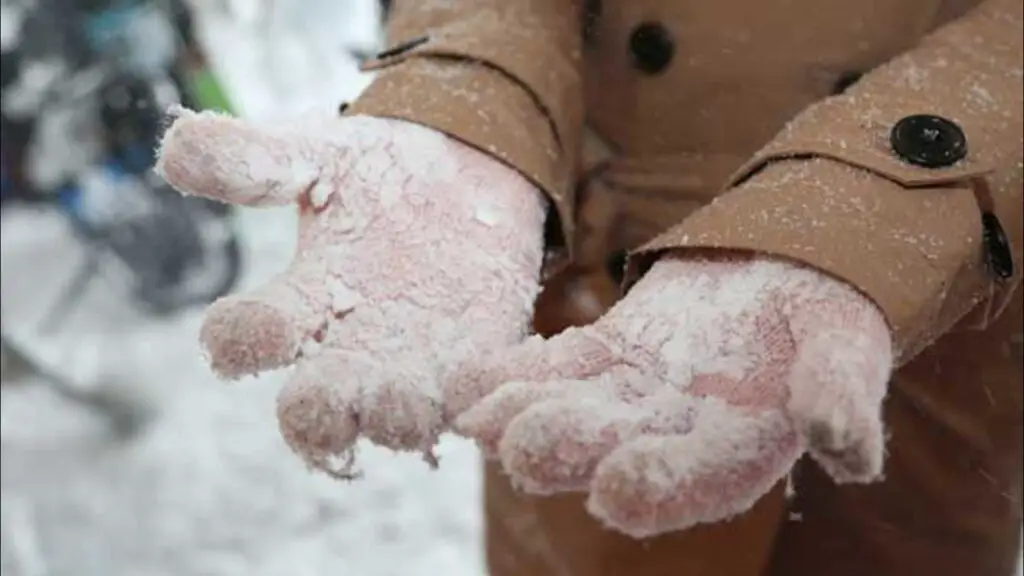
Get the victim away from the cold source as soon as possible and if possible take the victim inside. If possible take the victim to the emergency room as soon as possible.
Do not start thawing the affected area if there is a chance that the area may refreeze. Thawing and refreezing will cause severe tissue damage.
Immerse the affected area in warm water (40 degrees Celsius). If no warm water is available wrap the area in warm blankets gently. Do not rub the skin with your hands or other materials.
The affected area will feel numb so make sure that the victim has no control over the heat source. Do not let the victim determine the temperature of the water and do not use direct heat sources such as a fire or heating pad.
As the body part thaws feeling may come back causing a lot of discomfort to the patient. Make sure blisters remain untouched.
It is important to know how you should take care of yourself when you go out for fun and adventure. There are many possible situations that may occur. These are only some guides on how you can prevent them. In case of doubt consult the medical professionals and get help.



